When taking pictures outdoors, the available light at particular times of day can affect the overall look of our images, especially if we’re only using natural light. The colors change, light direction shifts, and the contrast between highlights and shadows varies, among other factors. All of these factors affect our light source, as well as our backdrop. The question then becomes, “What is the best time to take photos outside?” Well, that depends. While some photographers avoid midday sun whenever possible, others use it to great effect with simple light modifiers (like a 5-in-1 reflector), open shade, or off-camera flash. Others, still, will only shoot during golden hour, which we’ll cover below. It’s true we can find ways to get incredible photos at anytime, but there are certain times that photographers prefer when shooting outdoors. Whether you enjoy shooting portraits, landscapes or anything in-between, it’s as important to consider when to shoot as it is to choose where to shoot.
The Best Time to Take Photos Outside
1. Golden Hour
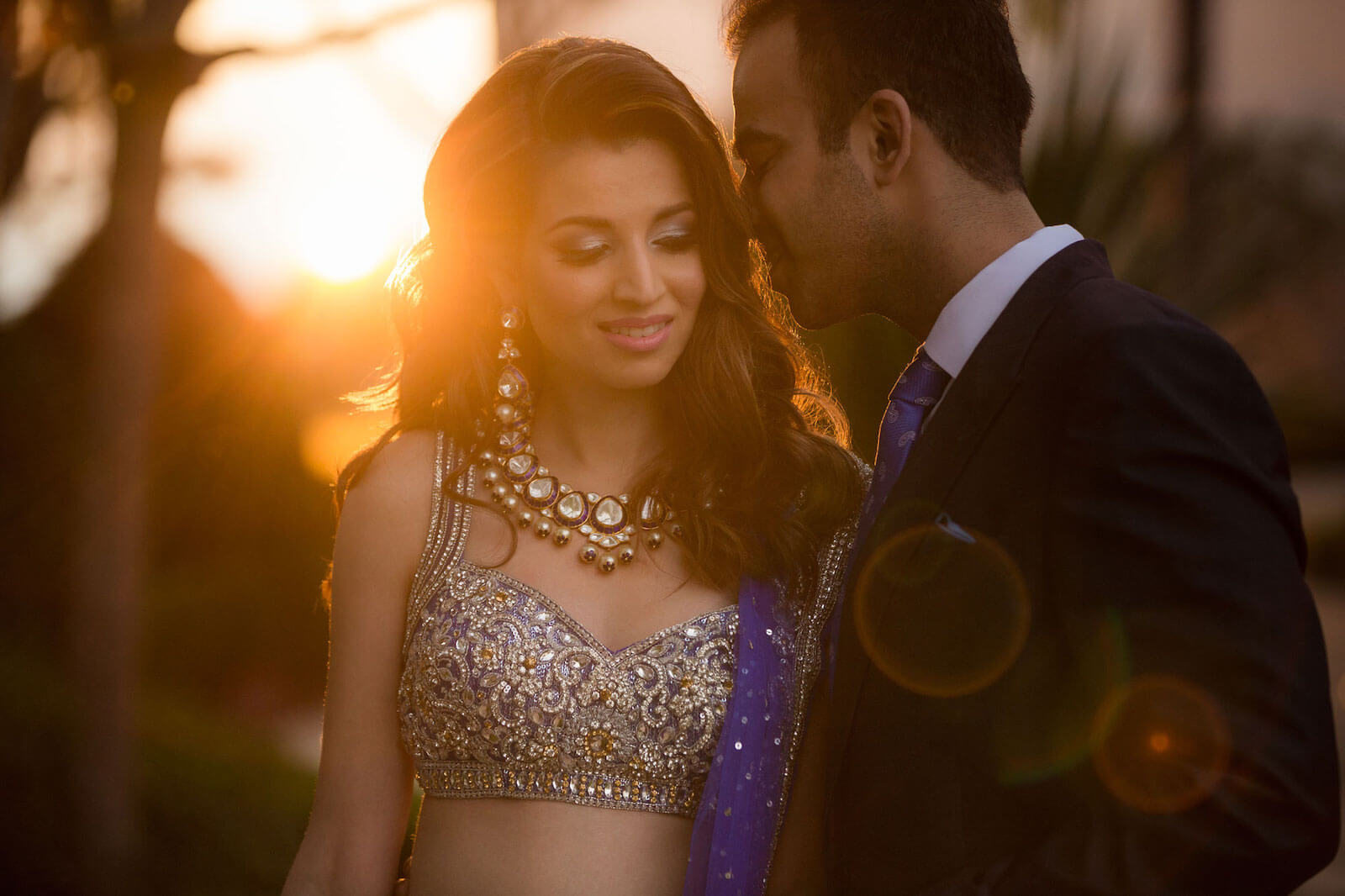
Let’s start with the golden standard in outdoor, natural light photography. As the name suggests, golden hour skies boast a beautiful, warm color, and they only appear twice a day for a limited time. You can catch golden hour just after sunrise and just before sunset. Because of the flattering light and appealing backdrop it provides, many people consider golden hour to be the best time to take photos outside. In portraits, for example, golden hour light it gives the skin a warm glow, which most clients love. No matter what type of photos you like to shoot, the soft warm glow of golden hour will add a touch of beauty to your photographs.
What Do You Need to Know?
For golden hour photographs, you don’t have a lot of time. The conditions change quickly as the sun rises and falls. If you’re shooting portraits, formulate a plan ahead of time in order to get the most out of your limited window of opportunity. Otherwise, you might just miss your chance and lose the sun. Golden hour shifts, depending on the time of the year, so it helps to use specialized apps like Sun Surveyor to plan your shoots.
Faking Golden Hour

In the event that you don’t catch the sun in time or it doesn’t come out from a cloud cover, all is not lost. If you have access to off-camera flash equipment, you can use it to re-create golden hour, even when the sun isn’t out. Check out these tips from Pye Jirsa on how to re-create golden hour using basic gear and a strategic approach.
2. Twilight or “Blue Hour”
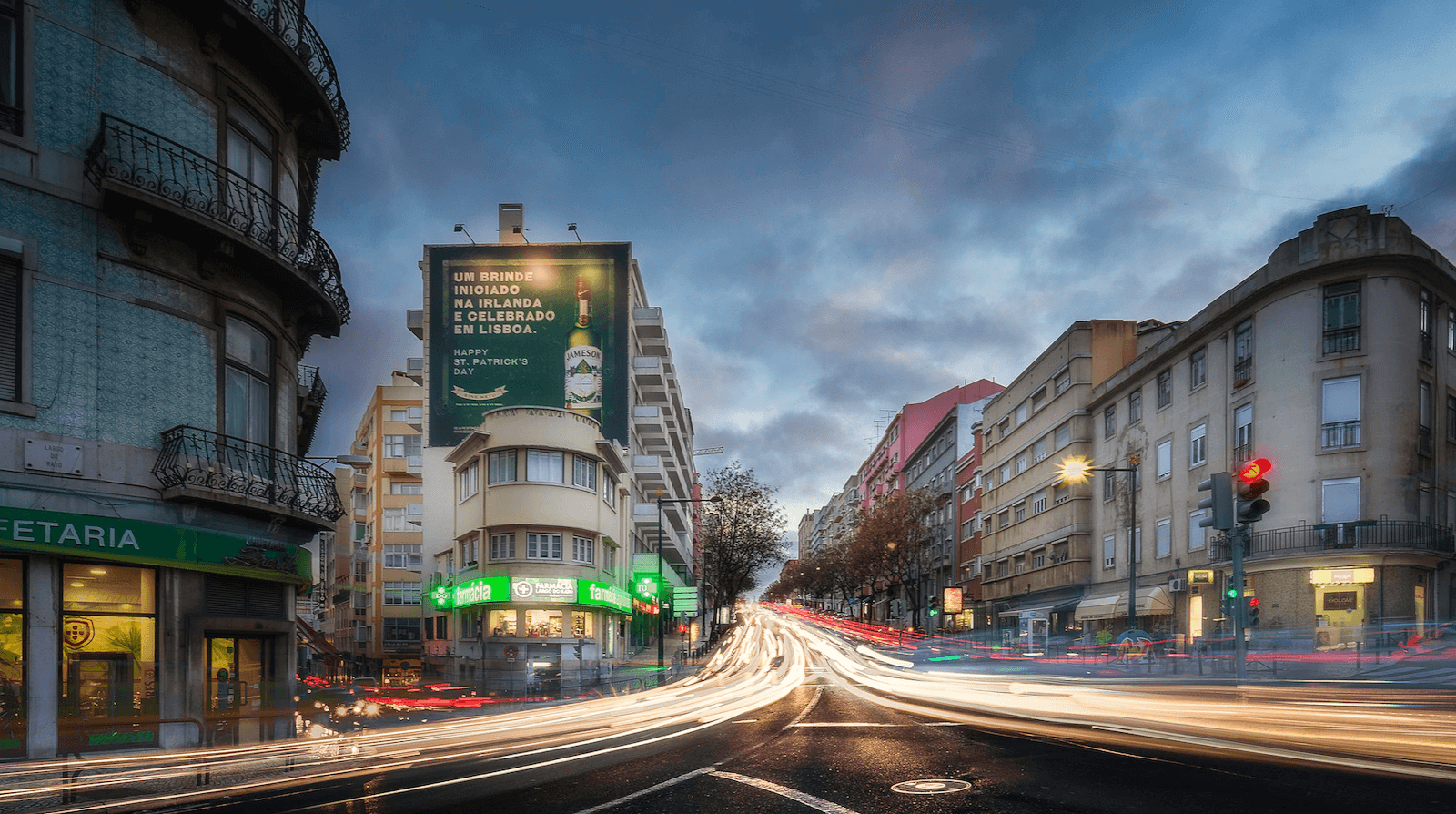
Also known as “blue hour,” twilight brings with it a sense of mystery and magic. While it occurs just before or just after golden hour, blue hour looks completely different. As you probably have guessed, the blue hour is so coined because of the blueness of the light. It is definitely one of the most beautiful times of the day for photographs.
Twilight contributes a feeling of peace and stillness to photos. Unlike the crowds you’ll find during golden hour, there will likely be fewer people around for blue hour, which is great for landscape photography. Or, if it is busy where you’re at, get creative and try special techniques like a shutter drag (long exposure), illustrated in the image above. In urban scenes like this, artificial lights tend have a yellow glow to them, which contrasts well with the blue sky. It’s important to note that because less light is available, you should familiarize yourself with night-time photography settings on your camera in advance.
3. Overcast Days
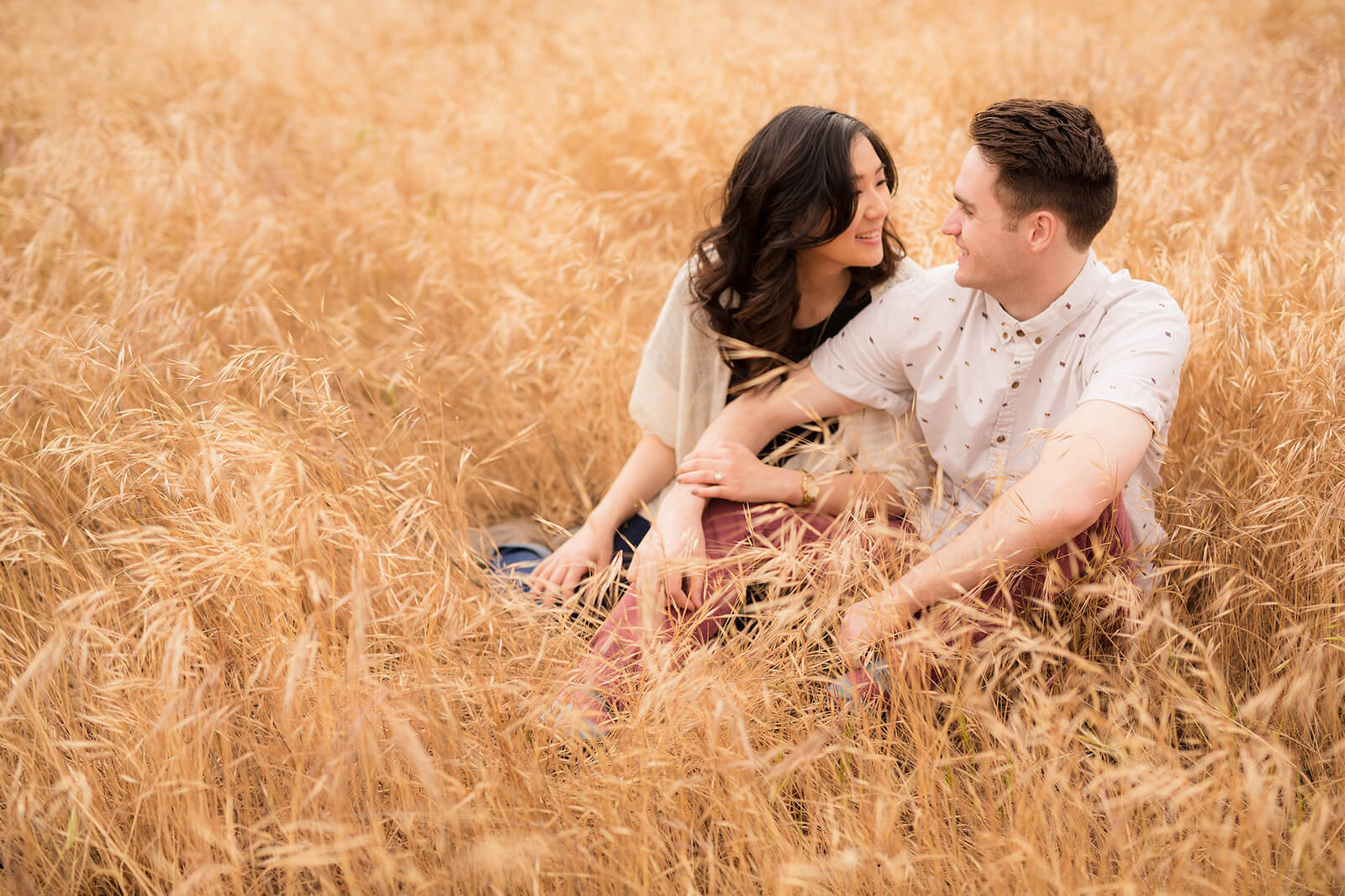
It’s not always going to be pretty sunsets and glorious sunny days. In fact, many of us are much more used to those glum overcast skies. You can use off-camera flash to re-create golden hour under overcast skies, or you can take advantage of the cloudy conditions.
What’s the Best Time to Take Photos Outside on a Cloudy Day?
On an overcast day, the light will remain pretty consistent throughout the day. The sun usually won’t be visible in the sky. If you’re familiar with using soft boxes or umbrellas in photography, then you can probably guess why overcast days rank as a best time to take photos outside. The clouds act like a giant diffuser and minimize harsh lighting or shadows, creating a soft, flat light. Flat lighting is not dynamic, but it can be flattering in portraits. Just position your subject so that he/she is facing up toward the sky to maximize the soft, flattering light.
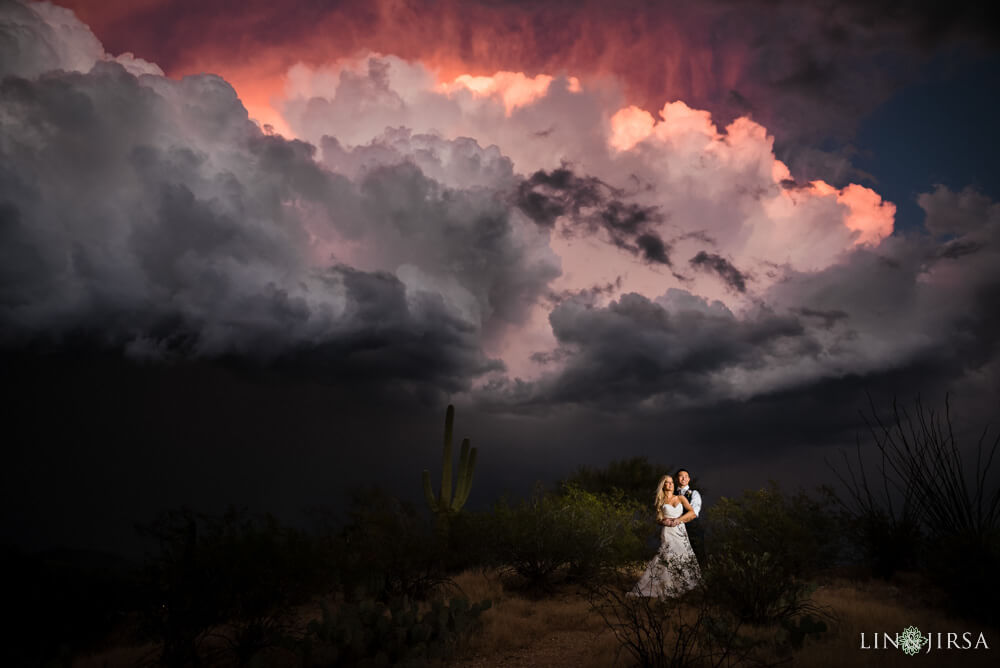
Cloudy skies can also be beautiful to shoot for a more dramatic look, as illustrated in the image above. Off-camera flash helped the couple pop in front of a colorful, cloudy sky.
4. After Dark
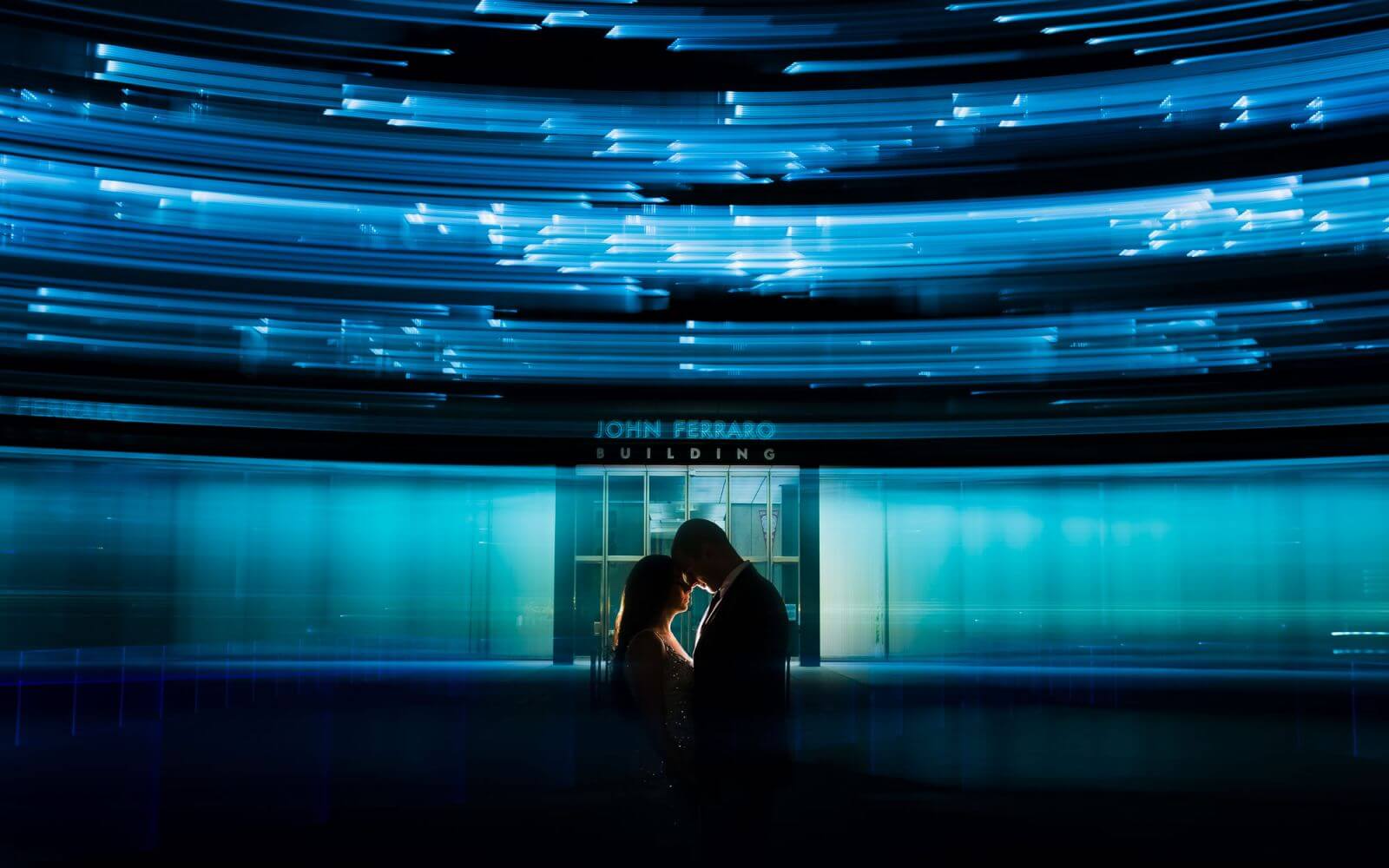
You might be surprised at how many opportunities you have while shooting at night. It is a completely different beast from shooting during daylight hours, so you’ll need to prepare. Get familiar with your camera (and off-camera flash, which can come in handy) before you begin. The night sky allows photographers to capture the world in a light you otherwise wouldn’t see, completely changing the look of a location. While it may seem intimidating at first, don’t write off night shoots before you give them an earnest shot.
If you don’t have access to flash gear, or just as a creative choice, I recommend studying up in advance. Here are some simple tips we’ve put together for photographing the night sky. I also suggest checking out helpful apps (like the Sun Surveyor app I mentioned earlier) if you plan to photograph specific features like the Milky Way Galaxy.
For more evidence of why nighttime qualifies as a best time to take photos outside, check out these 30 breathtaking examples of night sky photography.
Conclusion
I hope you enjoyed this article on how to figure out the best time to take photos outside. As you can gather, different times of day all have their benefits depending on the aesthetic you are going for and your personal preferences. It is important to recognize that, like the location itself, varying light and weather are going to give you different looks and outcomes. Use the pros of each time of day to your advantage and stretch your limits to build up your portfolio. Remember that photography should be fun and is all about exploring new ideas. You might just find that you love shooting at night if you try it!

